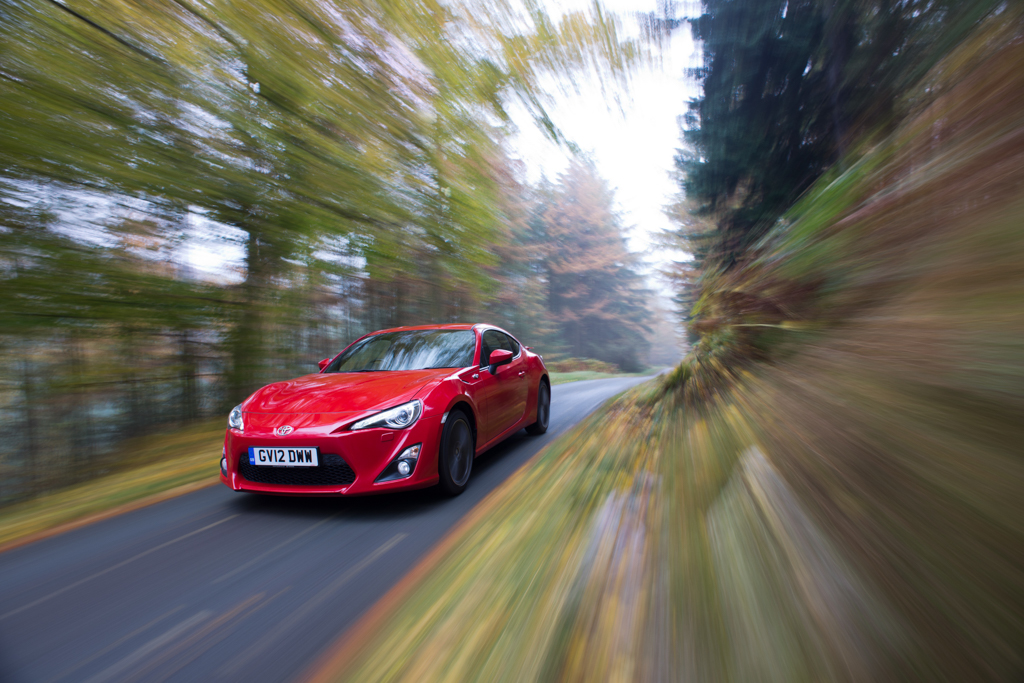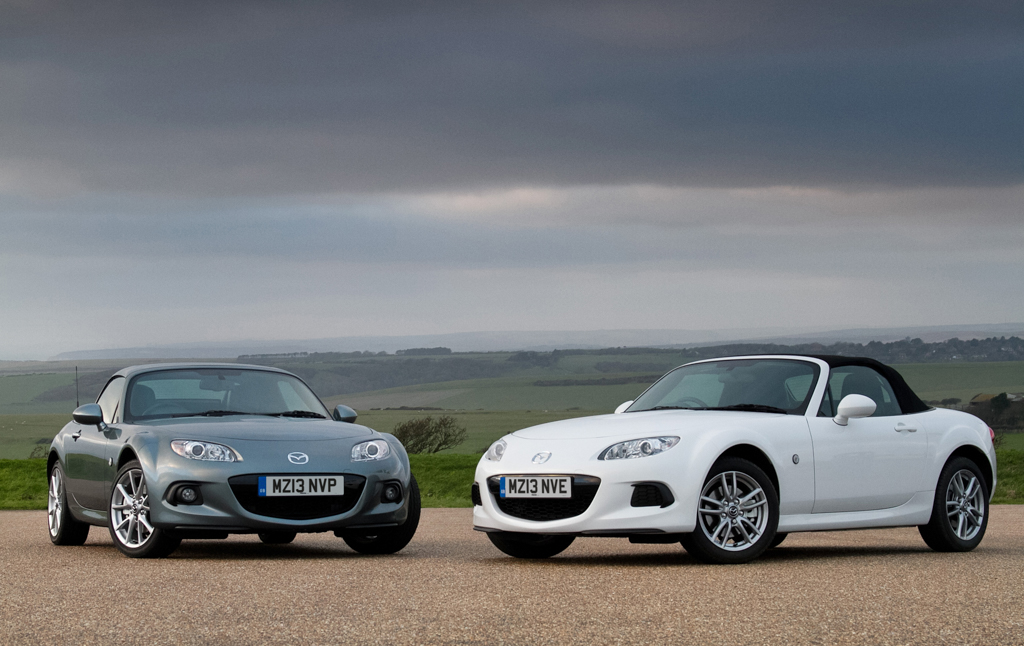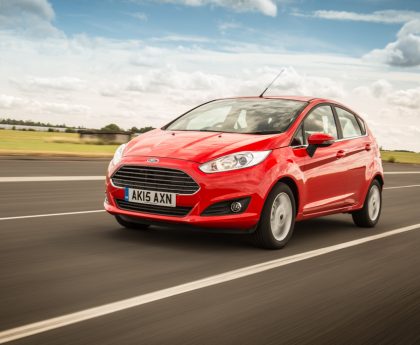South Africa, land of the Big Five, Rugby, and… roadsters? Oh yes! When it comes to affordable thrill rides, nothing gets the heart racing quite like a svelte two-seater. The Toyota 86 and Mazda MX-5 aren’t just cars — they’re passports to adrenaline-filled weekends and envious nods at traffic lights.
Toyota 86 and Mazda MX-5: Similar Design for Similar Thrills
Visually, both are stunners. The 86 flaunts a chiselled, athletic look, while the MX-5 carries that timeless roadster elegance. Both prioritise a low-to-the-ground aesthetic, complete with muscular wheel arches and sleek profiles. They might be from different parents, but they definitely attended the same design school.
Toyota 86 and Mazda MX-5: Differences Under the Skin
The engine layout sets them apart. The Toyota 86’s boxer engine isn’t just about cool sound; its flat configuration helps to reduce the car’s centre of gravity, enhancing stability at high speeds. Meanwhile, the MX-5 sticks to its tried-and-true inline-four, which is lightweight and offers linear power delivery, perfect for cruising or spirited drives.
Handling-wise, the 86 is slightly more aggressive, biting into corners with a sporty zeal. The MX-5, however, leans more towards fluidity—a ballet dancer to the 86’s sprinter.
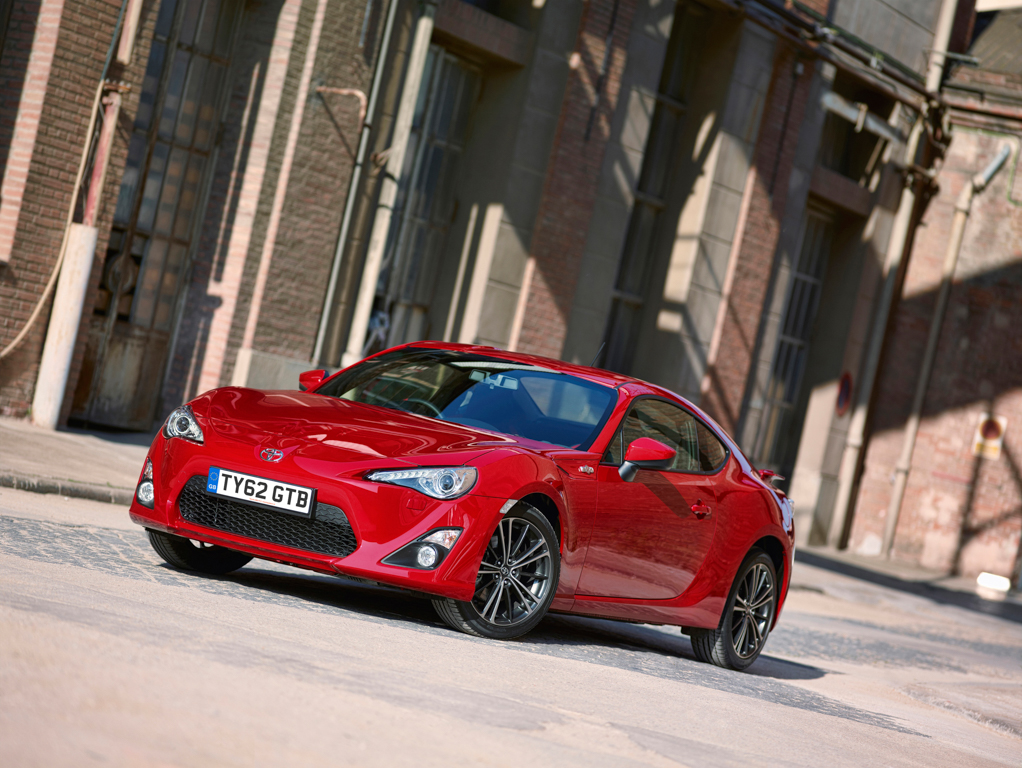
A Closer Look: Toyota 86
The Toyota 86 is a compact 2+2 sports car first introduced to the market in 2012. South Africa’s love affair with the 86 is profound. Here, we’ve had the privilege of hosting versions like the High Spec, with its premium touches, the Standard Spec for purists, and limited-edition models that add a bit of exclusivity to the mix. Each boasts top-notch safety features and infotainment systems suitable for our unique market.
The Toyota 86 was developed in collaboration between Toyota and Subaru. Powered by a 2.0-litre flat-four engine developed by Subaru, it produces over 147kW horsepower in most trims. That power is sent to the rear wheels, making it a favourite among driving enthusiasts.
The car was designed with a focus on providing a pure driving experience. Key to its appeal is a lightweight construction, a low centre of gravity (thanks to the boxer engine), and balanced weight distribution. Its relatively simple and analog nature sets it apart from many modern sports cars that lean heavily on electronic aids.
Inside, the 86 is relatively basic, with seating for four, although the rear seats are pretty tight and best suited for short trips or storage. The emphasis is on driver engagement, with well-bolstered front seats, a crisp-shifting manual transmission (an automatic is also available), and a straightforward dashboard design.
Over the course of its lifetime, the first-generation Toyota 86 and its siblings have seen minor updates since their launch, with tweaks to its styling, suspension tuning, and infotainment offerings, among other aspects. While there’s always been talk about more powerful versions or significant redesigns, the car remains true to its original ethos: a simple, fun-to-drive sports car.
The Toyota 86 has been lauded by enthusiasts and automotive journalists alike for their driving dynamics, especially considering its relatively affordable price point. They’re often seen as a return to the basics of what makes driving fun.
In essence, the Toyota 86 is a modern nod to classic sports cars: lightweight, rear-wheel drive, and designed with the driving experience at its core.
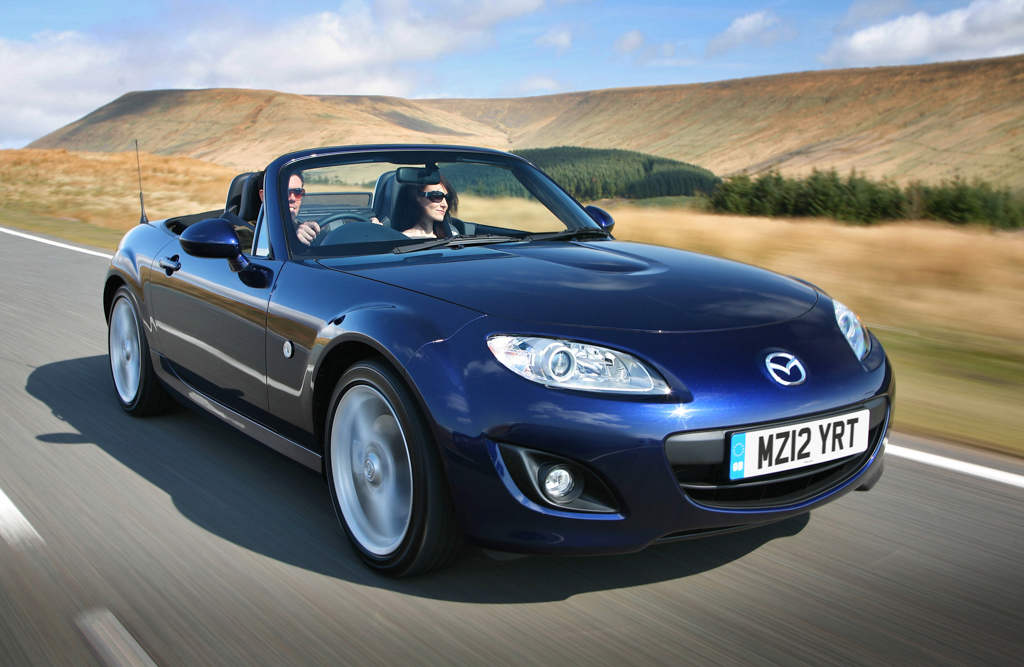
A Closer Look: Mazda MX-5
The MX-5 in South Africa is all about choice. From the traditional Soft Top to the retractable hardtop of the Roadster Coupe, there’s a version to suit every sun-seeker and star-gazer. Special editions with unique colourways and features also make appearances from time to time, ensuring the MX-5 remains as fresh as the Cape Town breeze.
The Mazda MX-5 is an iconic compact, lightweight, two-seater sports car introduced by Mazda in 1989. It was conceived with the idea of returning to the roots of the classic British roadsters of the 1960s, like the Triumph Spitfire and the Lotus Elan: lightweight, rear-wheel drive, and focused on the pure joy of driving rather than outright power.
Across its four generations, the MX-5 has mostly sported 4-cylinder engines, ranging in size but generally hovering around the 2.0-litre mark. These engines, while not massively powerful, are lively and responsive, perfectly complementing the car’s lightweight design.
Design Evolution: The MX-5 has undergone several redesigns over the years:
- NA (1989-1997): Recognisable by its pop-up headlights and clean, simple design.
- NB (1998-2005): Evolved styling, more curves, and fixed headlights.
- NC (2005-2015): A more substantial and aggressive design, but still very much an MX-5.
- ND (2015-present as of my last update in 2021): A return to the smaller dimensions of the earlier models, with modern, sharp styling.
Over the years, the MX-5’s interior has been updated to include modern comforts and technologies, but it has always maintained a driver-centric focus. Most models prioritize minimal distractions, though recent versions include more advanced infotainment options.
A consistent standout feature of the MX-5 is its impeccable handling. Thanks to its lightweight design and 50:50 weight distribution, it’s been lauded for its agility and responsiveness. It’s often described as a car that communicates directly with the driver.
The Mazda MX-5 has been a critical darling almost since its inception, receiving praise for its design, handling, and driving experience. It’s often touted as a car that delivers far more fun than its horsepower figure would suggest. As of my last update in 2021, it holds the Guinness World Record as the best-selling two-seater sports car in history.
While the most traditional image of an MX-5 is the soft-top convertible, Mazda has also introduced hardtop versions like the Power Retractable Hard Top (PRHT) in the NC generation and the RF (Retractable Fastback) in the ND generation.
In fact, the Mazda MX-5 is a testament to the idea that driving pleasure doesn’t always come from sheer power. It’s about a connection between car and driver, a concept the MX-5 embodies like few other vehicles on the road.
Common Issues?
Ah, the niggles. Both cars are highly reliable. But, they do have a few common issus worth noting.
The Toyota 86 is generally considered reliable, as one would expect from vehicles with Toyota and Subaru backing. However, like all cars, they have their quirks and common issues reported by owners. Here are some of the more frequently mentioned ones:
- Throw-out Bearing Noise: A number of owners have reported a chirping or squeaking noise from the clutch, especially when the vehicle is cold. The culprit often turns out to be the throw-out bearing.
- Cricket Noise from High-Pressure Fuel Pump: Some vehicles have an odd “cricket” chirping sound that’s attributed to the high-pressure fuel pump. This noise often seems more pronounced when using certain brands or grades of fuel.
- Idle Dips: Some owners have reported that the idle RPM occasionally drops lower than expected, causing the car to feel like it’s about to stall.
- Direct Injection Issues: As with many cars using direct injection, there can be a buildup of carbon deposits on the intake valves. This might lead to rough idling and reduced performance over time. Regular maintenance and occasionally using fuel additives can help.
- Tail Light Condensation: Some early models, especially, have had issues with condensation building up inside the taillights. While this may not necessarily affect functionality, it can be an aesthetic concern.
- Transmission Issues: Some owners of the automatic version have reported delayed shifting or rough gear changes.
- Paint Quality: A few owners have mentioned that the paint, especially on certain colors like the dark metallic shades, seems prone to chipping or scratching easily.
- Interior Rattles: Due to the car’s sporty, stiff suspension, some owners have reported rattles or creaks from the interior trim pieces, especially with age.
It’s important to note that while these are some of the issues reported, they don’t necessarily affect every Toyota 86. Furthermore, many of these issues have been addressed in later models or can be rectified with regular maintenance and checks. If considering a used 86, a pre-purchase inspection is always a good idea to ensure you’re getting a well-maintained example.
The Mazda MX-5 enjoys a reputation as one of the most reliable sports cars on the market, especially given its affordability. However, like all vehicles, it’s not without its quirks and common issues. Here are some known concerns across its various generations:
- Rust: Older models, especially the NA and NB generations, can be prone to rust, particularly around the rear wheel arches, sills, and the front chassis rails. This is a common issue with many vehicles of that era, especially if they’ve been exposed to salt or haven’t been garage-kept.
- Soft Top Wear and Tear: Given that many MX-5s come with a soft-top roof, wear and tear can be an issue, especially on older models. Look out for any leaks or tears in the roof, particularly around the rear plastic window on early models.
- Gearbox Issues: Some ND models (2015 onwards) have reported issues with the 6-speed manual transmission, where there’s a crunch going into gears or an unwillingness to engage a gear. This has been more pronounced in earlier ND models.
- Oil Consumption: Some of the NB models, particularly those with the 1.8L engine, have had reports of higher than average oil consumption.
- Clutch Slave Cylinder: In some older models, the clutch slave cylinder has been known to fail, though it’s a relatively inexpensive and straightforward fix.
- Water Drainage: The MX-5 has drainage channels to deal with rainwater. These can become blocked over time, leading to water accumulation and potential interior dampness. Regularly checking and cleaning these channels can prevent issues.
- Thermostat Failures: Some owners of the NC generation have reported thermostat failures, which can cause the engine to overheat.
- Suspension Bushings: Especially in older models, the rubber suspension bushings can wear out, leading to vague handling or knocking sounds over bumps.
- Airbag Recalls: Some MX-5s were part of the larger Takata airbag recall, so potential buyers should ensure any recall work has been completed.
- ND Engine Ticking: Some early ND models reported a ticking sound from the engine, which Mazda addressed with a revised camshaft design in later models.
Remember, the frequency and severity of these issues can vary widely, and many MX-5s have had long, trouble-free lives. Always get a pre-purchase inspection when buying used, and regularly maintain the vehicle to mitigate potential problems.
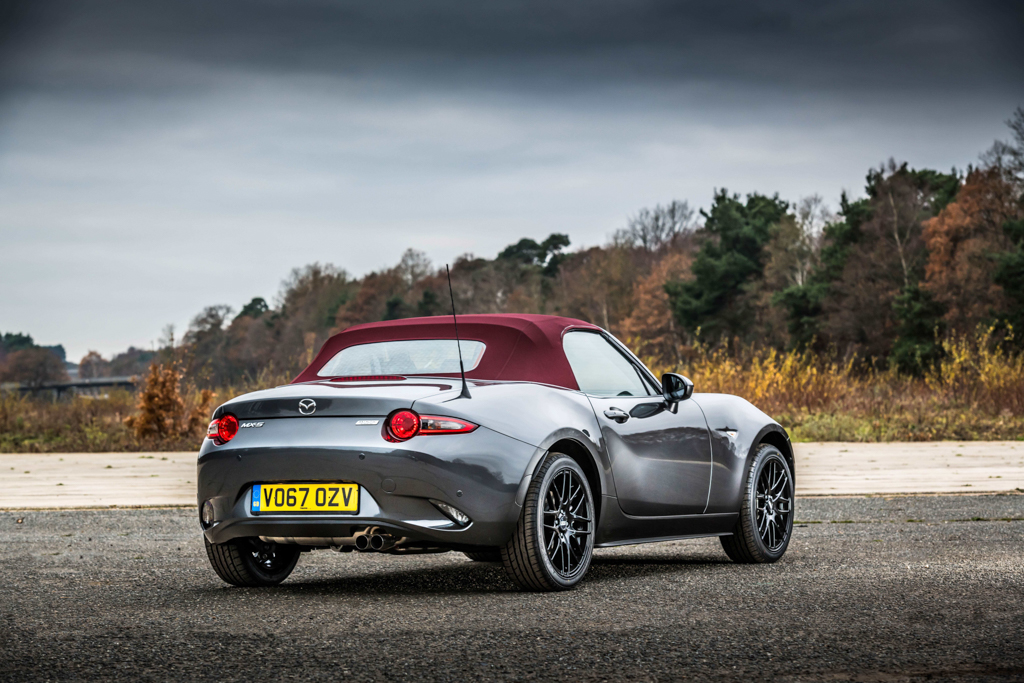
Maintenance: What to look out for
Sporty cars demand respect. Check brake pads and discs often as spirited driving can take a toll. Ensure tyres maintain adequate tread and pressure — grip is everything! Regular oil changes with the manufacturer-recommended grade are a must. Also, keep an ear out for any unusual sounds from the suspension or transmission; these cars love to be driven, but also love timely care.
Running Costs
Sportiness and economy can be strange bedfellows. The 86, with its larger engine, has a bigger thirst than the MX-5. However, both are surprisingly economical for their performance class. Just remember, their sporty nature might lead to higher insurance premiums.
Which One to Choose?
Decisions, decisions! For pure, unadulterated driving joy, many lean towards the MX-5 — it’s been doing the roadster thing for decades. But if you fancy a modern edge with JDM flair and a touch of Subaru DNA, the 86 is a compelling dance partner.
When deciding between the Toyota 86 and the Mazda MX-5 as a used purchase in South Africa, various factors come into play. Both are acclaimed sporty cars, but they cater to slightly different audiences and needs. Here’s a comparative breakdown:
Environment and Roads:
South Africa boasts a diverse landscape, from city roads to scenic mountain and coastal routes. The MX-5, with its convertible top, offers a fantastic open-air experience on such scenic drives, making the most of the nation’s sunny climate.
The Toyota 86 offers a more refined cabin experience, better suited for longer drives or when navigating congested urban areas.
Space and Practicality:
The MX-5 is a strict two-seater with a relatively small boot, which might limit its versatility for some.
The Toyota 86, while also sporty, offers a bit more practicality with its 2+2 seating (although the rear seats are quite cramped) and a more usable boot.
Performance and Driving Experience:
Both cars prioritize driver engagement, but they deliver it differently. The MX-5 is lighter and focuses on nimble, direct handling. The 86 offers a balanced rear-wheel-drive experience with a slightly stiffer feel and more emphasis on power delivery.
Maintenance and Parts:
Toyota has a well-established presence in South Africa, ensuring easier access to parts and service. However, the 86 might have parts that are more specialized than the average Toyota.
Mazda, while also having a presence, might not be as widespread as Toyota. However, the MX-5 is a global model, and its longevity ensures decent knowledge and parts availability.
Resale Value:
Both cars have their loyalists. The Toyota badge might hold a slight edge in terms of general resale value in South Africa, given the brand’s widespread popularity.
The MX-5, being an iconic roadster with a global following, will also retain value well, especially well-maintained or limited edition models.
Common Issues:
As discussed earlier, both cars have their quirks. Consideration of common issues, based on the specific year and model you’re looking at, is essential. Pre-purchase inspections are invaluable.
Purpose:
For pure weekend fun and scenic drives, the MX-5 might have a slight edge because of its convertible nature.
For a sporty car that can double as a daily driver or for longer trips, the Toyota 86 offers a bit more versatility.
Final Thoughts
There’s no clear winner; it boils down to personal preference. If you want an iconic roadster that embodies the spirit of open-top driving, go for the MX-5. If you’re looking for a more practical, yet still sporty and fun experience, the Toyota 86 might be your pick. Always consider test driving both, assessing your needs, and evaluating the specific used car market conditions in South Africa at the time of purchase.
Toyota 86 and Mazda MX-5: two stars in the South African automotive theatre. They’re not just cars, they’re experiences, waiting to introduce you to every beautiful twist and turn our Rainbow Nation has to offer. Whether you’re a Capetonian, Jo’burger, or hail from Durbs, there’s a roadster out there just for you. Happy driving, Mzansi! 🚗🌍🌈

